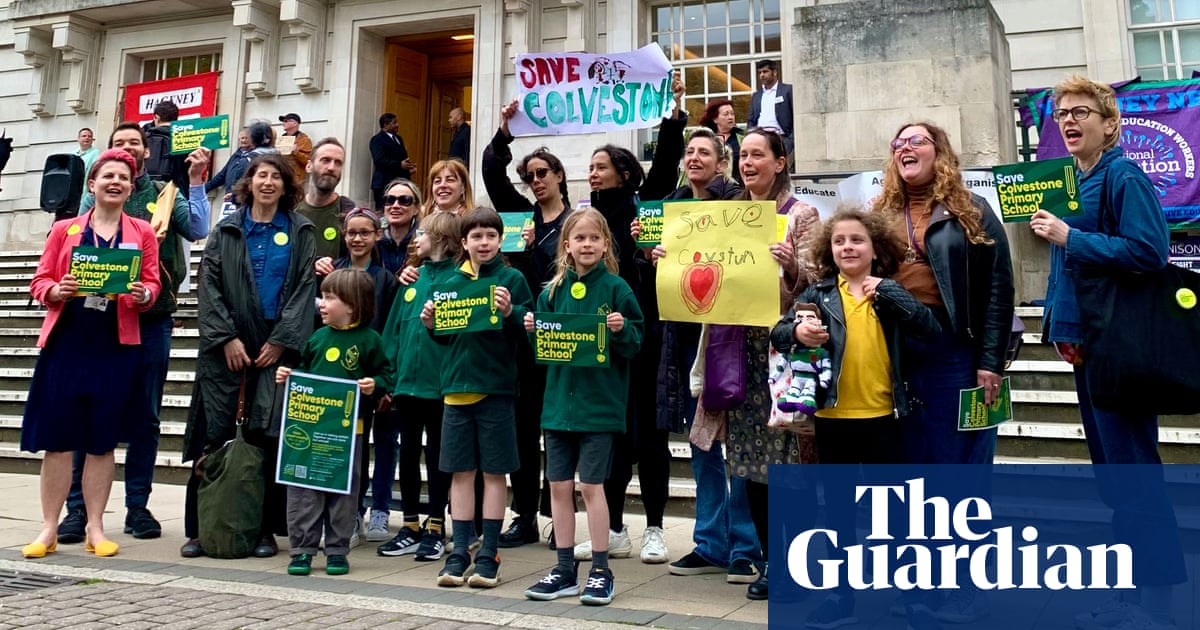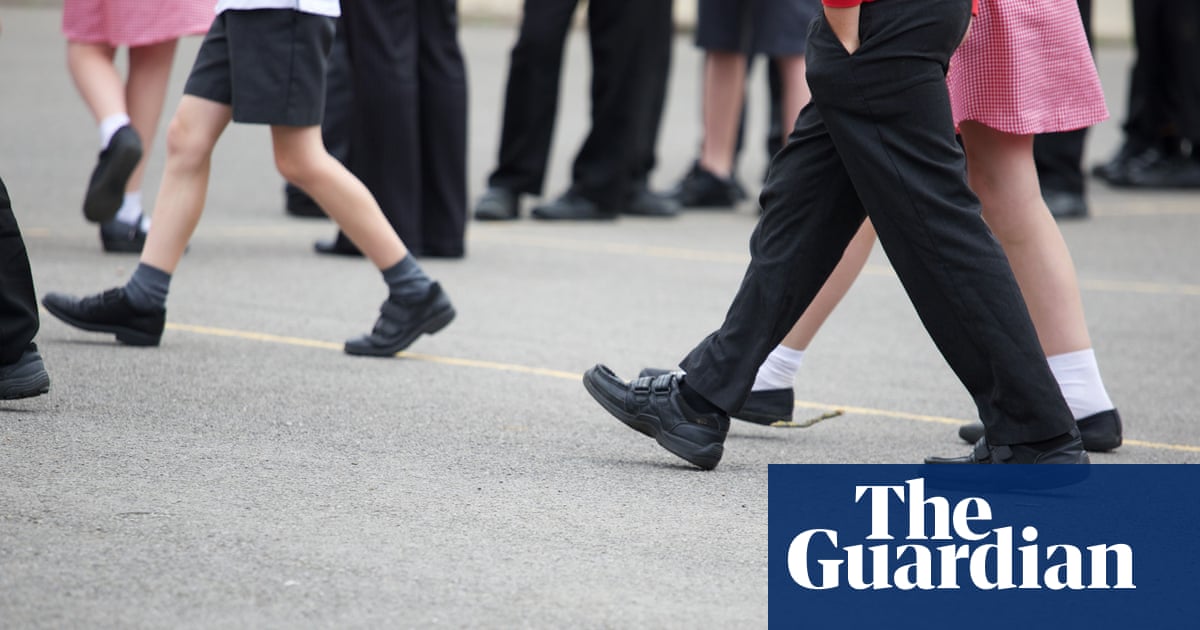
Helen Davis could not believe her children’s luck when Hackney council announced the borough’s first “21st-century street” was going to be built on the doorstep of their local school.
“It still makes me tingle just to think about it,” she said. “Colvestone primary school was going to be at the heart of this new, pedestrianised, green space. Pupils were going to be able to grow their own vegetables, run conservation projects and have outside play activities. They were even planning an outdoor classroom.”
But that was before the council decided to shut down Colvestone as part of a programme of closures that will result in the elimination of four – or 10% of – local authority primary schools in the borough. At least 12 more local schools will be scrutinised by the council in the near future.
“Now this 21st-century street is going to be a family area with no families, no children and an empty, boarded-up school at its centre,” said Davis, who leads the Save Colvestone primary school campaigning group.
They are not alone: the community group Hackney Families is also working hard to persuade the council to change their mind.
The council calls the closure of Colverstone a “merger” with another primary school but, Davis said, the government’s “free-school presumption” means councils cannot merge schools. “They can only close schools – or protect them,” she said.
Colverstone’s closure, she said, will be a disaster for the pupils and the community. “Everyone is devastated: Colvestone is the only one-form, non-faith school in the area. Because of this unique position, it has a higher-than average proportion of children with special needs who will find a transition to a larger school incredibly hard.”
Davis refuses to use the word “sad” when describing local passion. “I would say we’re absolutely fuming,” she said, pointing to the large, weatherproof posters hung outside the school walls, the countless smaller posters inside the windows of local homes and shops, and the “Save Colvestone” T-shirts her group has had printed.
Davis’s group has been working hard: gathering two to three times a week, attending public meetings, demanding information from the cabinet and pressing for scrutiny of the council’s decision from the borough’s children and young people scrutiny panel.
Hackney council’s own independent review of the consultation found the proposals universally unpopular, with 89% of respondents saying they disagreed and just 8% agreeing.
Davis said her group’s own research found that fewer than 10% of parents had put the school to which children are going to be transferred on their school applications list.
“It should not be understated how fundamental a change in Hackney’s education provision it is that these proposals represent,” she said. “But throughout this consultation, no alternatives have been offered or consulted on.”
When councils close a school, it cannot ever be reopened. To emphasis what she said is the council’s lack of medium and long-term planning, Davis pointed to the Dalston plan, under which hundreds of new homes will be built a stone’s throw from Colvestone. “In the next five years, there will be 100 new children living in an area with an empty school right at the heart of it,” she said.
The council’s only choice then will be to give the building to a private company, which would use it to open an academy, on a long lease without generating any rental income along with oversight on how it would be managed and what it would teach.
Davis said Hackney was a bellwether for the capital as a whole. “London is becoming a city that parents want to take their children out of,” she said. “Schools are being shut, maternity services cut. London without children: discuss.”










